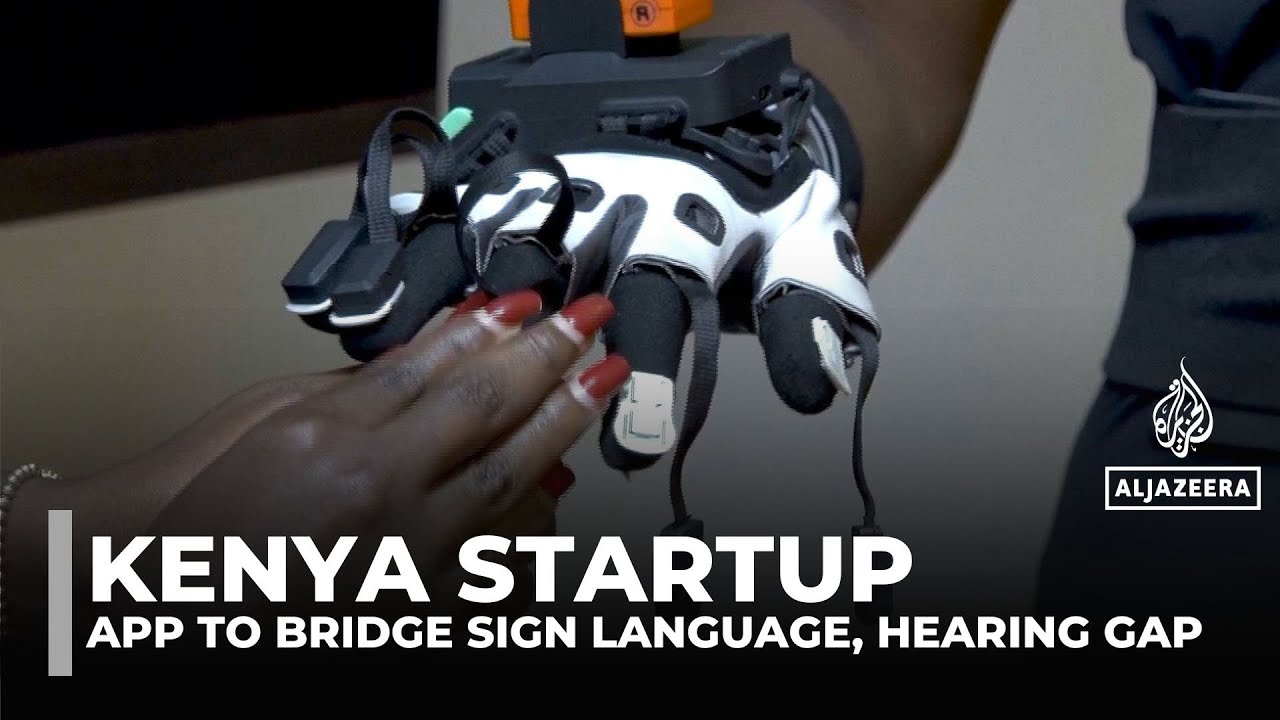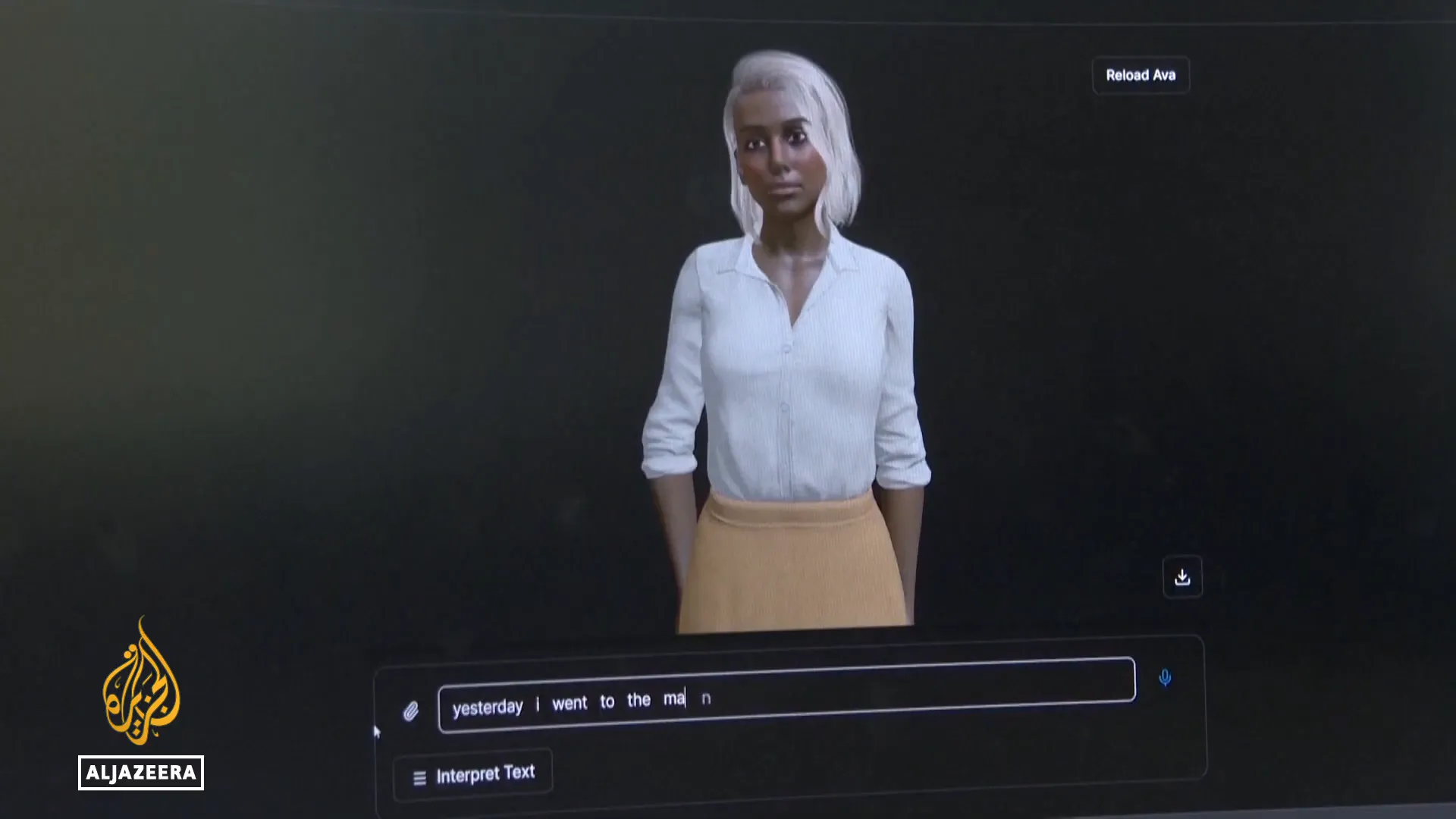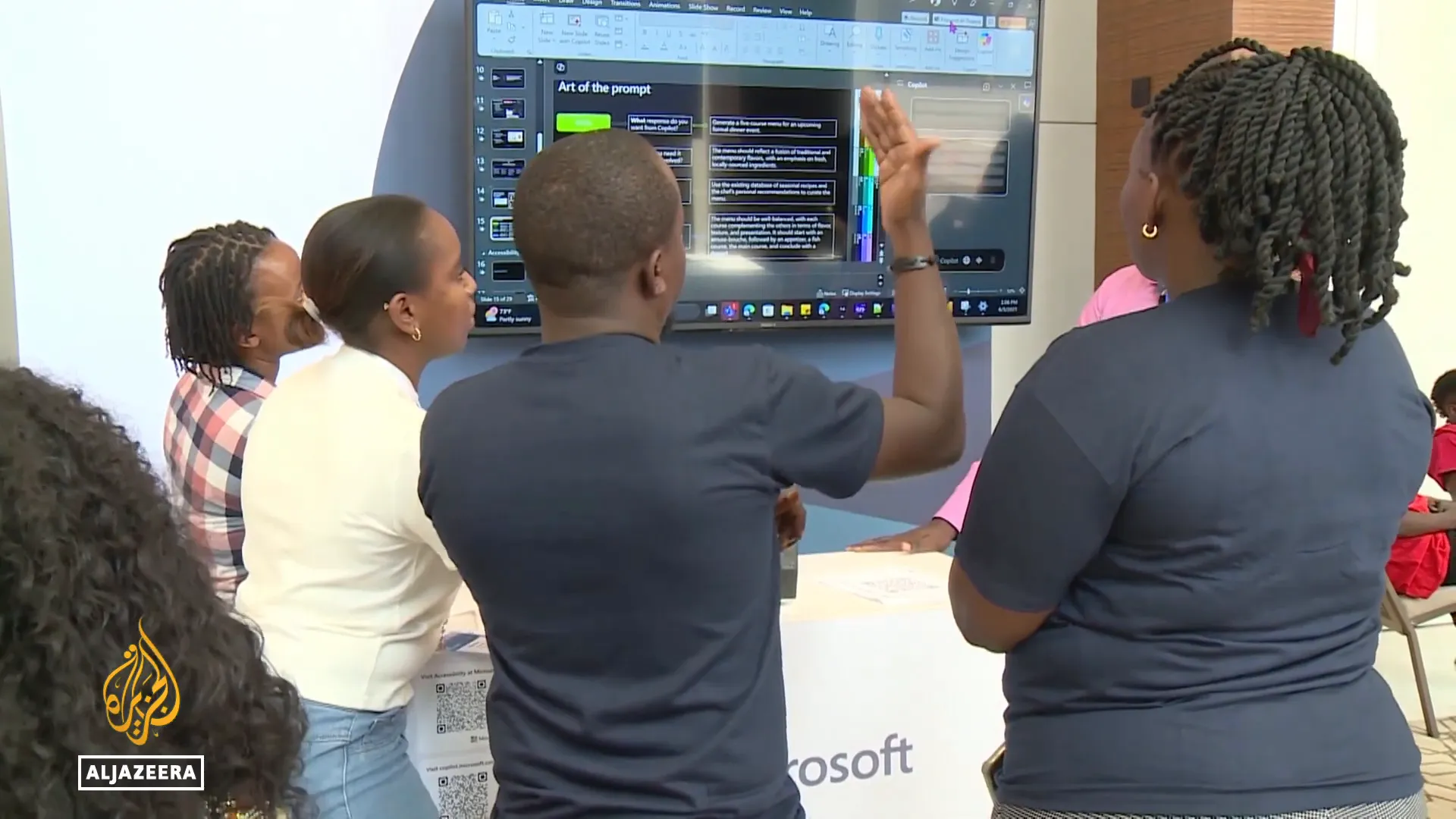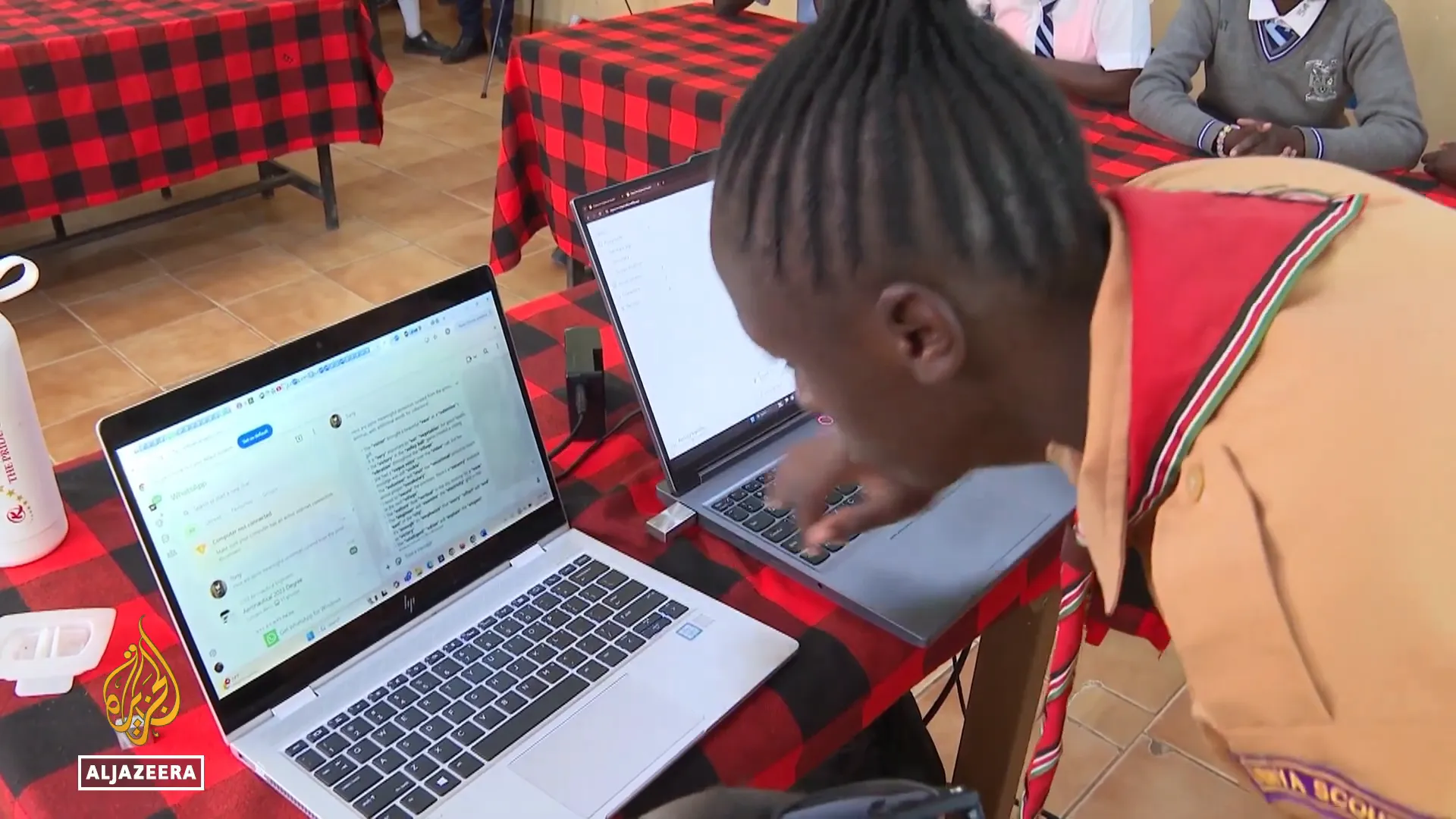Jul 3, 2025
Kenyan Startup Launches AI App to Bridge Sign Language, Hearing Gap

In a groundbreaking development for the deaf community, a Kenyan tech startup has unveiled an innovative platform called SignVerse, designed to bridge the communication divide between sign language users and those who do not understand it. This AI-powered application translates English text into Kenyan Sign Language using a digital avatar and promises to soon interpret spoken language into sign language in real time. This advancement could transform the lives of nearly half a million people in Kenya who rely on Kenyan Sign Language, with the potential to expand globally by incorporating other sign languages.
Table of Contents
- Understanding SignVerse: How It Works
- The Impact on the Deaf Community
- Testing SignVerse in Real Settings
- The Future of Sign Language and AI
- Frequently Asked Questions (FAQ)
- Conclusion
Understanding SignVerse: How It Works
SignVerse leverages artificial intelligence to learn and interpret Kenyan Sign Language by breaking down English text into its linguistic components and reconstructing it into sign language gestures through an avatar. The developers describe the platform as an assistive technology designed to facilitate communication both in everyday conversations and online interactions.

Currently, SignVerse's vocabulary encompasses approximately 2,000 words, with the team estimating it will take about six months for the platform to achieve fluency. The incorporation of AI allows the system to continuously learn new signs and improve its ability to connect spoken and written language with their sign language equivalents.
The Impact on the Deaf Community
For the nearly 500,000 people in Kenya who depend on Kenyan Sign Language, SignVerse represents a potentially life-changing tool. The technology aims to dismantle barriers that leave deaf individuals excluded from essential services such as education, healthcare, and access to information.
"If our systems aren't meant to be accessible to them or don't include sign language within their platform, that means they're cut off from education, health care, and all the access and resources that they need," the developers emphasized.

The platform has garnered attention and support from prestigious American universities, United Nations agencies, and global tech giants like Microsoft and Google, highlighting its promise as a social enterprise committed to assistive technology.
Testing SignVerse in Real Settings
While the technology has been showcased at Africa's leading conference on technology for people with disabilities, the real test lies in how the deaf community will embrace it. To explore this, the SignVerse team visited a Nairobi school for deaf learners to introduce the app and gather feedback.

The students, all familiar with smartphones, expressed excitement but also pointed out limitations. They noted that the avatar lacks the nuanced facial expressions and the full vocabulary of human signers, elements crucial to effective communication in sign language.
Despite these challenges, the learners were optimistic about the potential of technology to enhance accessibility:
"Subtitles have made YouTube videos more accessible, but we've never come across an application specifically designed to help us," one learner shared.
The Future of Sign Language and AI
SignVerse is part of a rapidly evolving wave of AI-driven assistive technologies that could redefine how deaf communities interact with the hearing world. As the platform continues to develop, the goal is to expand its vocabulary, improve avatar expressiveness, and eventually enable real-time speech-to-sign translation.

With curiosity and cautious hope, the deaf learners are watching closely to see if SignVerse and the broader advancements in AI will truly change their world by making communication more inclusive and accessible.
Frequently Asked Questions (FAQ)
What is SignVerse?
SignVerse is an AI-powered platform developed by a Kenyan startup that translates English text into Kenyan Sign Language using a digital avatar. It aims to facilitate communication between deaf sign language users and hearing individuals.
How does SignVerse work?
The platform uses artificial intelligence to learn and interpret signs, converting English text or soon spoken language into Kenyan Sign Language by animating an avatar to perform the signs.
Who can benefit from SignVerse?
Primarily, it serves the nearly half a million deaf people in Kenya who rely on Kenyan Sign Language. However, the developers plan to expand its capabilities to include other sign languages, potentially benefiting millions worldwide.
What are some current limitations of SignVerse?
At present, the platform knows around 2,000 words and lacks the facial expressions that are an important part of sign language communication. It is still in development and requires further refinement to achieve fluency.
How is SignVerse supported?
SignVerse has attracted recognition and support from international universities, UN agencies, and technology giants such as Microsoft and Google.
What impact could SignVerse have on education and healthcare?
By making communication more accessible, SignVerse could help remove barriers that prevent deaf individuals from fully accessing education, healthcare, and other essential services.
Conclusion
SignVerse stands at the forefront of technological innovation aimed at bridging the communication gap between deaf and hearing communities. While still evolving, its potential to transform accessibility for Kenyan Sign Language users—and eventually for sign language users worldwide—is immense. As AI continues to advance, platforms like SignVerse could become essential tools for inclusive communication, empowering deaf individuals to engage more fully with society.
For those interested in the intersection of AI, assistive technology, and social inclusion, SignVerse is a development worth watching closely.